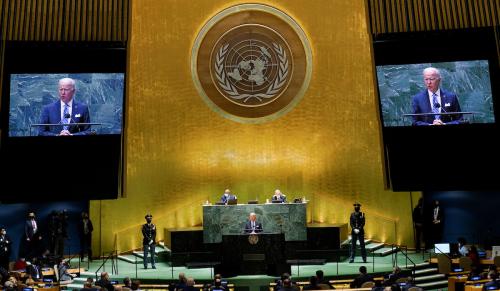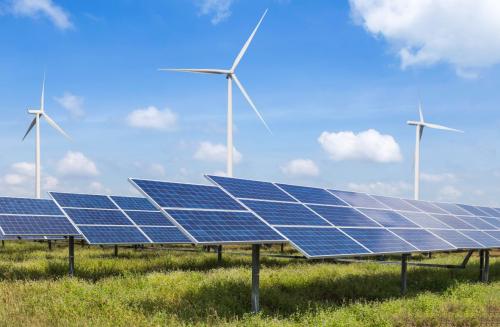Behavioral economists have identified certain biases in decision-making that lead to irrational
decisions. These findings are important contributions to the field of economics. While biases in
decision-making by private parties could justify government intervention in some circumstances,
policies should take into account the fact that regulators are themselves behavioral agents subject
to psychological biases, based both on their own behavioral biases and on biases reflected in political pressures. An understanding of “behavioral public choice” suggests a more cautious approach
to government intervention—one that incorporates the insights of behavioral economics in a way
that is less dismissive of the merits of individual choice.
Policymakers are public agents subject to political pressures and biases commonly observed in the
political process. Indeed, government policies are subject to a wide range of behavioral biases that in
many cases have been incorporated in the overall policy strategy. The paper documents many examples of government policies institutionalizing rather than overcoming behavioral biases, and in some
cases justifying inefficient “hard” regulations (such as mandates) based on weak or nonexistent evidence of consumer irrationality that is specific to the particular area of consumer choice.
There are several examples of government agencies attempting to correct consumer behavior but
failing to consider the regulatory agency’s own biases.
Consumer Irrationality
In recent years, agencies such as the Environmental Protection Agency (EPA), Department of
Energy, and Department of Transportation have justified regulations that mandate energy
efficiency standards for durable goods based on the presumption that consumers irrationally
underweight the future cost savings from an energy-efficient product. However, there is no strong,
credible evidence that consumers are persistently irrational in their purchasing decisions for
energy-consuming products. In fact, choosing a less-energy-efficient appliance may be a rational
choice for more consumers than regulators realize. Consumers are a heterogeneous group with
different preferences and needs.
Irrational Calculation of Risk
Behavioral economics suggests that people are prone to underestimating large risks while overestimating small risks, leading to alarmism about extraordinary cases—strange diseases, freak
accidents, and violent events—rather than ordinary occurrences, such as heart attacks and car
accidents. This bias shows up in numerical calculation biases present in government regulatory
agency risk calculations, which tend to overestimate small risks, as well as in the EPA’s bizarre
practice of treating as equal both real and hypothetical exposure risks:
- Supreme Court Justice Stephen Breyer, as an appellate court judge, criticized the EPA in a
Superfund case for cleaning a site in order to prevent children from eating contaminated
dirt, despite the fact that the area was unoccupied swamp land. - The EPA treats all exposure risks the same in its risk assessment practices, leading to incorrect valuations that find the risk to one hypothetical exposed individual equal to the current
risk to a large population.
Aversion to Loss at the Expense of Greater Gain
People often focus more on losses than gains. This phenomenon has been incorrectly used to justify government policies for products with competing risk effects, such as prescription drugs:
- The Food and Drug Administration avoids adverse consequences by placing a greater
emphasis on losses than on gains. - As a result, a slower, more burdensome regulatory process has been created to avoid the
potential risk of some drugs, despite the fact that there are drugs which may have tremendous benefits for patients if only they did not have to wait for the drug to be approved by
the government regulator.
Given that government policymakers are not immune to behavioral biases, government agencies
should take a more cautious approach to incorporating the insights of behavioral economics, one
that is less dismissive of the merits of individual choice:
- Rather than assuming that any class of bias provides a sufficient rationale for overriding
consumer preferences, government agencies should assess the empirical prevalence and
magnitude of the bias as it specifically pertains to the policy context. - In the design of subsequent intervention, government regulators should recognize the
legitimate differences in consumer preferences that may account for the purportedly irrational behavior. - Regulators should thoroughly reexamine the policy approach to many risk and
environmental problems, because fundamental behavioral failures are often embedded in
the current policy strategies.



